HDFS Final Chapter 19 Death and Dying
1/237
There's no tags or description
Looks like no tags are added yet.
Name | Mastery | Learn | Test | Matching | Spaced |
|---|
No study sessions yet.
238 Terms
Most babies born in 1900 did not live past age 50, but infants born in the United States today can expect to live to about what age?
Age 80, and even longer in some countries. Japan is 85!
T/F: Although the trend over the last century is toward longer lives, in 2015, for the first time in recorded history, life expectancy declined— and has declined each year since. In 2017, the life expectancy at birth was 78.6.
T
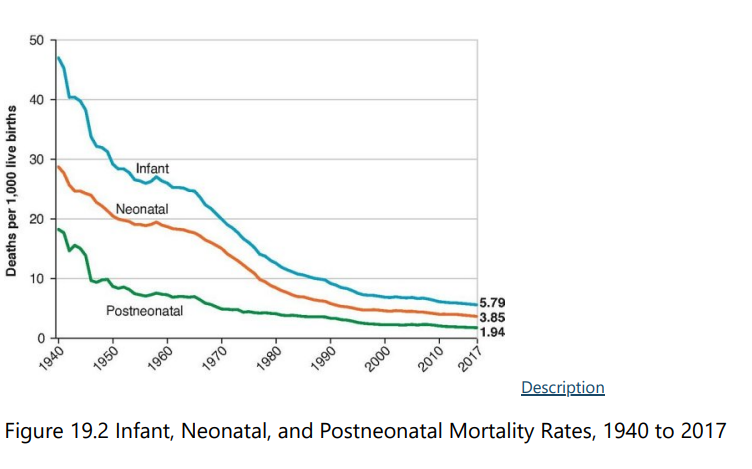
People of all ages demonstrate a reduced mortality rate, but the risk of dying has especially plummeted for
infants and young children, with a roughly 15% decline in infant, neonatal, and postneonatal mortality since 2005
T/F: The mortality rate for Black non-Hispanic infants is more than ___ that of Hispanic and non-Hispanic white infants.
twice
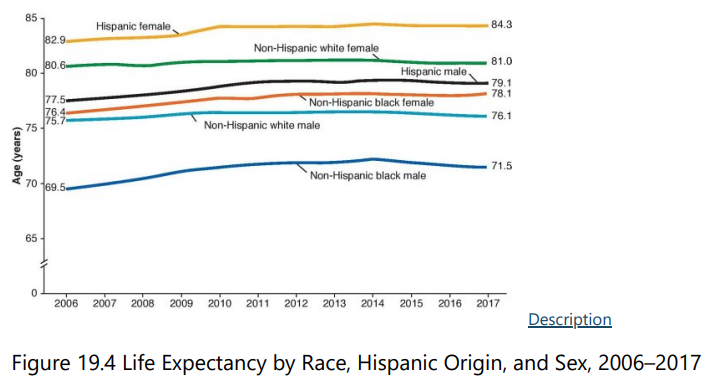
Which demographic of women have the greatest expected lifespan?
Hispanic women have the greatest expected lifespan (84 years), followed by non-Hispanic white women (81 years) and Black women (78 years).
Interestingly, although Hispanic women as members of a marginalized group are often exposed to risks to health and well-being, they have the greatest lifespan of women and men. Similar to the Latina paradox, there are likely ____ factors at play.
cultural
Infants under a year of age are most likely to die from genetic, prenatal, and birth complications, followed by
SIDS
Childhood deaths are most often due to accidents, illnesses, and alarmingly, ____.
homicide (which is most often the result of child maltreatment)
Adolescents and adults through age 44 are most likely to die from what?
unintentional injuries such as falls and traffic accidents, but most often from drug overdose.
In early adolescence, ____ is the second leading cause of death and remains so in early adulthood and into the mid-30s.
suicide
Illnesses are a leading source of mortality throughout life, but ____ is a more common source of injury death from ages 15–34.
homicide
Over middle adulthood, what are the top 3 causes of death?
Over middle adulthood, cancer, heart disease, and injury become the top three causes of death, respectively.
____, the number four killer of adults age 45–54, becomes less common in the later middle adulthood years, dropping to eighth place.
Suicide
Older adults over the age of 65 are most likely to die of chronic illnesses, with heart disease as the number one killer, followed by cancer. Alzheimer’s disease emerges as the ___ most common cause of death in adults age 65 and older.
fifth
Accidental ____ is common in infancy and childhood, and drowning is a top source of unintentional death in childhood and adolescence, and declines into middle adulthood.
suffocation

Unintentional poisoning, most often through ___ ____, is the second leading cause of injury death from ages 15–24 and the leading cause of injury deaths throughout early and middle adulthood, from ages 25–64.
drug overdose

Today, most overdose deaths can be attributed to the what crisis?
The opioid crisis.
How many deaths are from opioids and how many are from prescription drugs?
two-thirds of overdose deaths are from opioids and one-half are from prescription drugs (including prescribed opioids)
Drugs classified as opioids have a ____ effect, and in high doses they can impair the part of the brain that regulates what?
sedative; breathing, slowing and ceasing breathing, leading to death.
in addition to being highly addictive, opioids carry a high risk of ___.
overdose
T/F: Opioid overdose have been deemed an epidemic by the U.S. Department of Health and Human Services.
Deemed an epidemic by the U.S. Department of Health and Human Services, opioid overdoses are responsible for
the decline in life expectancy since 2015.
T/F: COVID-19 was the first leading cause of death, overall, in 2020.
F, just third.
What is death with dignity?
Death with dignity refers to ending life in a way that is true to one’s preferences, controlling one’s end-of-life care.
T/F: People of all ages desire a sense of control over what happens to them, whether it is as simple as an infant’s choice of play toy or as complex as an older adult’s choice of living situation. This is especially true when it comes to the many decisions that surround death.
T. Death with dignity refers to ending life in a way that is true to one’s preferences, controlling one’s end-of-life care.
What does clinical death define death as?
Defines death as the moment the heart stops beating.
When the heart stops beating, blood, and thereby oxygen, no longer circulates throughout the body and permanent brain damage can occur after 3 minutes of oxygen deprivation. What kind of death does this description entail?
Clinical Death: Defines death as the moment the heart stops beating.

Today’s medical practices, including the widespread dissemination of cardiopulmonary resuscitation (CPR) techniques, have permitted many people to regain a heartbeat and be “revived” from what type of death?
clinical death
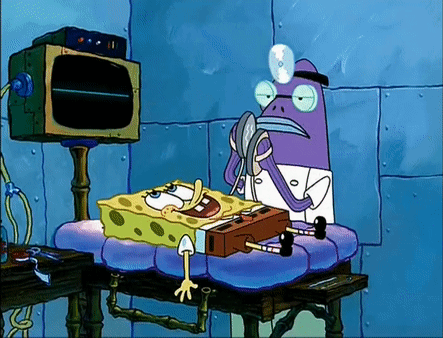
T/F: A heartbeat is still a clear marker of life, or in its absence, death.
F. A heartbeat is no longer a clear marker of life, or in its absence, death, due to modern medical practices, including the widespread dissemination of cardiopulmonary resuscitation (CPR) techniques.
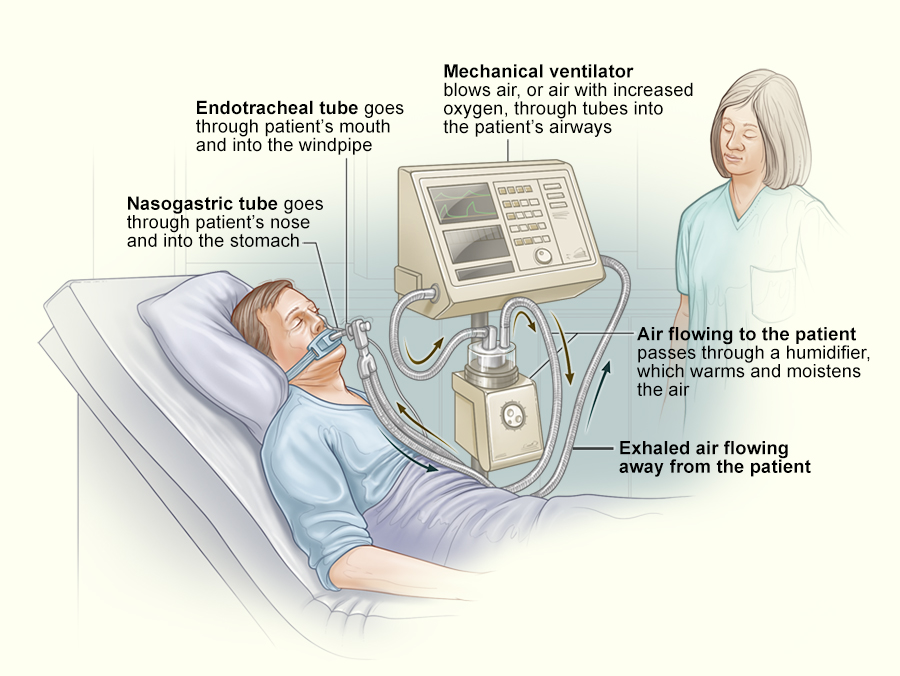
What machinery makes it possible for the heart to continue to beat even though the person cannot eat, think, or breathe on his or her own?
As mechanical ventilators became commonplace in operating rooms and intensive care settings, it became possible to artificially maintain patients who had irreversible injuries, to keep patients alive on ventilators..
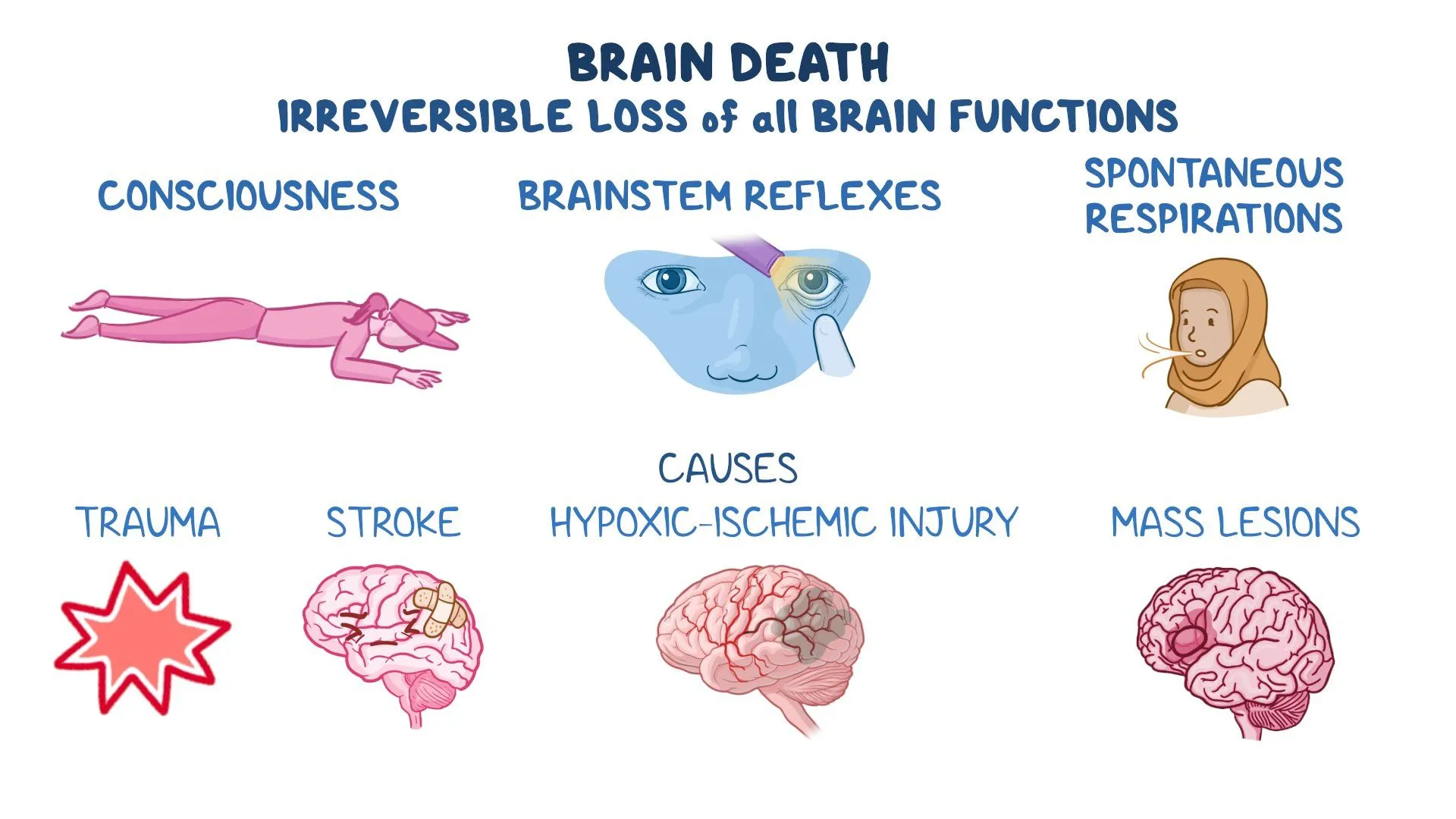
What is whole brain death?
Refers to the irreversible loss of functioning in the entire brain that may occur prior to clinical death.
Whole brain death is the death of which brain regions?
Whole brain death is the death of the higher and lower brain regions, the cortex and brainstem, without possibility of resuscitation.
Whole brain death is the death of the higher and lower brain regions, the cortex and brainstem, without possibility of _____.
resuscitation
Patients who are brain dead may be temporarily sustained artificially for the purpose of
organ donation.
Death is declared if all criteria for whole brain death are met AND what else?
and other conditions that may mimic death, such as a drug overdose or deep coma, are ruled out.
What are the 8 criteria used to diagnose whole brain death?
1. No spontaneous movement in response to stimuli
2. No spontaneous respiration for at least one hour
3. Total lack of responsiveness to even the most painful stimuli
4. No eye movements, blinking or pupil responses
5. No postural activity, swallowing, yawning, or vocalizing
6. No motor reflexes
7. A flat electroencephalogram (EEG) for at least 10 minutes
8. No change in any of these criteria when they are tested again 24 hours later
In order to declare whole brain death, how many minutes must the EEG be flat for?
At least 10 minutes
In order to declare whole brain death, there must be no spontaneous what and what?
1. No spontaneous movement in response to stimuli
2. No spontaneous respiration for at least one hour
In order to declare whole brain death, there must be a total lack of _____ to even the most painful stimuli.
responsiveness

In order to declare whole brain death, what must happen to the eyes?
No eye movements, blinking or pupil responses
In order to declare whole brain death, there must be no postural activity, which includes
swallowing, yawning, or vocalizing
In order to declare whole brain death, there must be no ___ reflexes
motor
In order to declare whole brain death, all the criteria must have no change when the patient is tested again how much time later?
24 hours later
What is the standard in defining death, clinical or whole brain death?
whole brain death, thereby permitting a person to be declared legally dead and removed from life support.
The cortex is the part of the brain most vulnerable to conditions of ____, the loss of oxygen.
anoxia
Which part of the brain is most vulnerable to the conditions of anoxia, the loss of oxygen?
The cortex
T/F: Inadequate blood supply to the brain after heart attack, stroke, drowning, or traumatic brain injury can irreparably damage the cortex while leaving the brainstem intact and functional.
T. The neurons of the brainstem often survive stressors that kill cortex neurons.
T/F: Inadequate blood supply to the brain after heart attack, stroke, drowning, or traumatic brain injury can irreparably damage the cortex and leaves the brainstem completely irreperable.
F. Inadequate blood supply to the brain after heart attack, stroke, drowning, or traumatic brain injury can irreparably damage the cortex while leaving the brainstem intact and functional. The neurons of the brainstem often survive stressors that kill cortex neurons.
The neurons of the brainstem often survive stressors that kill cortex neurons, resulting in what type of death?
cortical death, or a persistent vegetative state (PVS).
What is a cortical death, or a persistent vegetative state (PVS)?
Cortical death when the person appears awake but is not aware, due to permanent loss of all activity in the cortex.
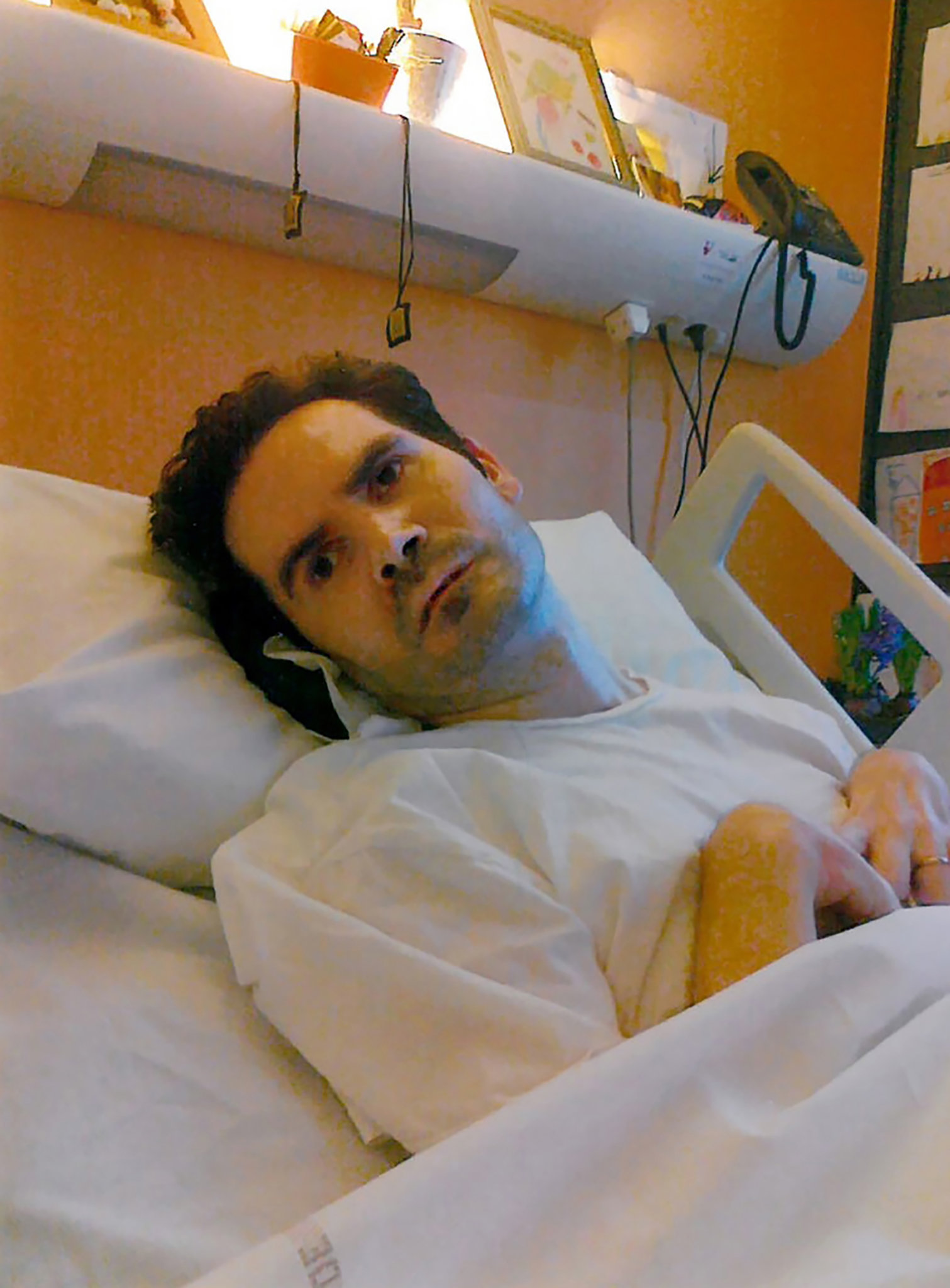
Despite cortical death, PVS (persistent veggie state) patients retain an intact _____, which permits heart rate, respiration, and gastrointestinal activity to continue.
brainstem
What kind of patient is neither clinically dead nor meets the criteria for whole brain death?
The PVS patient is neither clinically dead nor meets the criteria for whole brain death.
He or she remains biologically alive despite lacking the capacity to regain awareness and cognitive capacities.
He or she remains biologically alive despite lacking the capacity to regain awareness and cognitive capacities. What state am I referring to?
PVS
The patient may open his or her eyelids and show sleep-wake cycles but does not show cognitive function, as indicated by measures of brain activity, such as MRI, EEG, and PET scans. What state am I referring to?
PVS
T/F: Loved ones may be misled by spontaneous reflexive movements of the arms and legs and random facial expressions to believe that the patient is capable of cognitive functions and experiences emotions.
T
In PVS, Reflexes are controlled by the ___ __ and lower regions of the brain that are not involved in conscious awareness.
spinal cord
When the condition first appears it is referred to as a vegetative state, but after how many weeks is the patient is diagnosed with persistent vegetative state?
4 weeks
T/F: The individuals’ wishes must be known ahead of time because dying patients are usually unable to express their wishes.
T
The Patient Self Determination Act (PSA) of 1990 guaranteed the right of all competent adults to
have a say in decisions about their health care by putting their wishes regarding end-of-life and life-sustaining treatment in writing.
Advance _____, including a living will and a durable power of attorney, are an important way of ensuring that people’s preferences regarding end-of-life care are known and respected.
directives
What is a living will?
A living will is a legal document that permits people to make known their wishes regarding medical care if they are incapacitated by an illness or accident and are unable to speak for themselves.
The individuals can identify what, if any, medical intervention should be used to prolong their lives if they are unable to express a preference.
Should artificial respiration or a feeding tube be used for a person who is dying? the answer to to this can be found where?
A living will. It is a legal document that permits people to make known their wishes regarding medical care if they are incapacitated by an illness or accident and are unable to speak for themselves.
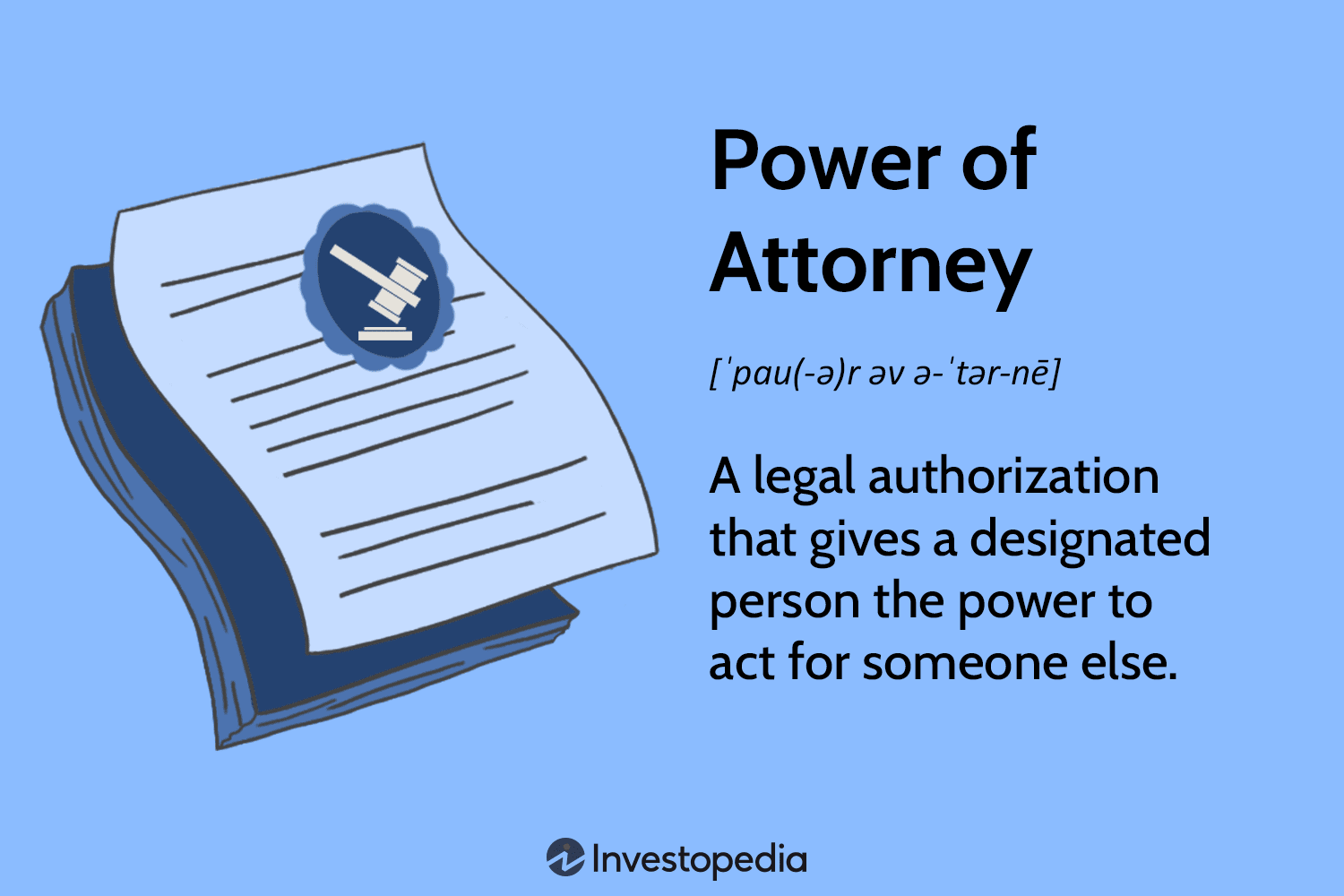
What is a durable power of attorney?
A durable power of attorney for health care is a document in which individuals legally authorize a trusted relative or friend (called a health care proxy) to make health care decisions on their behalf if they are unable to do so.
Advance directives foster patients’ _____ and help them to retain a sense of dignity as they die.
autonomy
T/F: Advance directives are used widely due to their many benefits.
F. Despite the many benefits of advance directives, they are underused.
Overall, about one in ___ U.S. adults have written some form of advance directive.
three
Who are most likely to initiate conversations with family members about end-of-life issues?
Older adults are most likely to have completed advance directives (about 40% to 50%), and they are typically the ones to initiate conversations with family members about end-of-life issues.
T/F: Many argue that it is the healthy—especially the young and healthy—who benefit most from living wills and health care proxies.
T
Advance _____ can spare spouses and families the anguish, guilt, and potential conflict among family members of making decisions for a loved one without knowing his or her wishes.
directives
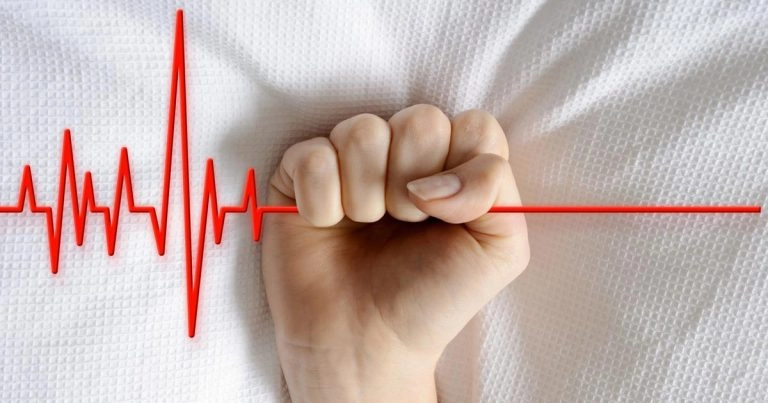
What is Euthanasia?
Euthanasia (“easy death”) refers to the practice of assisting terminally ill people in dying more quickly.
Which case was vital to supporting the right-to-die movement?
The Cruzan case was pivotal in supporting the right-to-die movement.
What is passive euthanasia vs active euthanasia?
Passive euthanasia occurs when life-sustaining treatment, such as a ventilator, is withheld or withdrawn, allowing a person to die naturally, as happened in the case of Nancy Cruzan.
In active euthanasia, death is deliberately induced, such as by administering a fatal dose of pain medication.
More than two-thirds of U.S. adults and 95% of physicians support which type of euthanasia?
passive euthanasia
What is Physician-Assisted Suicide?
Physician-assisted suicide is a type of voluntary active euthanasia in which terminally ill patients make the conscious decision that they want their life to end before dying becomes a protracted process.
Patients receive from physicians the medical tools needed to end their lives. The patient self-administers the medication.
Patients receive from physicians the medical tools needed to end their lives. The patient self-administers the medication. What type of assisted death is this?
Physician-Assisted Suicide
Physician-assisted suicide is legal in which countries?
the Netherlands, Luxembourg, and Switzerland
T/F: Physician assisted suicide is not legalized anywhere in the U.S.
F, physician-assisted suicide is legal in several U.S. states.
As of 2021, the practice of physician-assisted suicide is legal in what U.S. states?
California, Colorado, Hawaii, Maine, New Jersey, New Mexico, Oregon, Vermont, and Washington and the District of Columbia.
Which was the first US state to legalize Physician-Assisted suicide?
Oregon
Since the Oregon law was enacted in 1997, a total of 2,895 people have had prescriptions written and 1,905 patients have died from ingesting medication prescribed under the act. Three-quarters of patients who died were over the age of 65 and the median age at time of death for all people was __.
Over three-quarters had been diagnosed with cancer.
The top three concerns reported by patients as influences on their decisions were being less able to engage in activities to enjoy life, loss of autonomy, and loss of dignity.
72.
What is hospice?
An approach to end-of-life care that emphasizes a dying patient’s need for pain management; psychological, spiritual, and social support; and death with dignity.
The desire to die with dignity, minimal pain, and on one’s own terms has advanced the ____ movement.
hospice
T/F: The philosophy of the hospice approach does not emphasize prolonging life but rather prolonging quality of life.
T
T/F: The philosophy of the hospice approach emphasizes prolonging life.
F. The philosophy of the hospice approach does not emphasize prolonging life but rather prolonging quality of life.
Although death occurs most often in hospitals, where do most dying people prefer their death to be?
most dying people express the desire to die at home with family and friends.
Rather than medical treatment, dying patients require _____ care, focusing on controlling pain and related symptoms.
Hospice services are enlisted after the physician and patient believe that the illness is terminal and no treatment or cure is possible.
palliative
What is palliative care?
An alternative to medical treatment in which dying patients receive medications to control pain and related symptoms.
Hospice services permit dying patients to remain in their home, comfortable, and feel a sense of ____ in the death process.
Counseling services help families assist the dying person, cope with their own needs, and strengthen connections with the dying person. Hospice services permit death with ___that honors a loved one’s wishes.
control; dignity
Hospice services may be provided on an inpatient basis, at a formal hospice site that provides all care to patients, but they are frequently provided on an outpatient basis in a patient’s ___.
home
Outpatient hospice service is becoming more common because it is cost-effective and enables the patient to remain in the familiar surroundings of his or her __.
home
Many cultures within the South Pacific do not differentiate death as a separate category of functioning. Melanesians use the term __ to refer to the very old, the very sick, and the dead; all other living people are referred to as _.
mate; toa
T/F: Other South Pacific cultures explain that the life force leaves the body during sleep and illness; therefore, people experience forms of death over the course of their lifetime before experiencing a final death.
T
The Kwanga of Papua New Guinea believe that most deaths are the result of
magic and witchcraft

Perhaps the most well-known death rituals were practiced by the ancient Egyptians. They believed that
the body must be preserved through mummification to permanently house the spirit of the deceased in his or her new eternal life.
T/F: The ancient egyptian family members are taught to wash the deceased, wrap the body in a white cloth, and carry it to the burial ground.
F, this is true for The Bornu of Nigeria.
Which culture has the procedure of where the deceased’s neighbors wash the body with rum, pour a liter or more of rum down the throat, and place the body on a bed?
French West Indies
The Hopi Indians of North America view life and death as
phases of a cycle, with death representing an altered state.
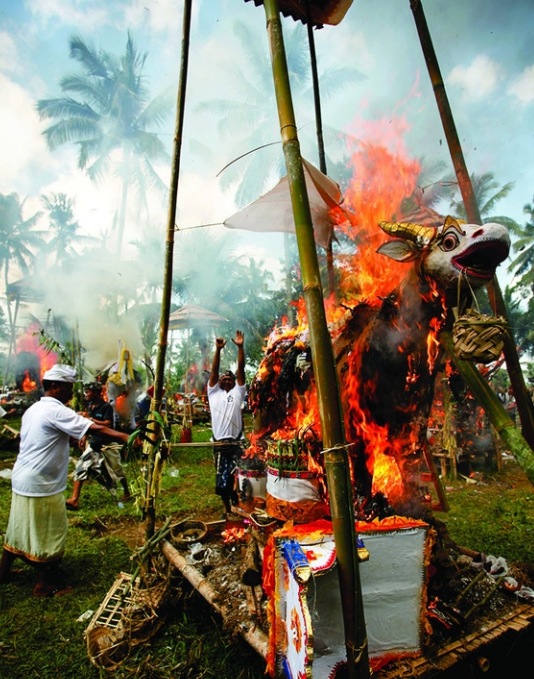
The Cremation Ceremony held in ___, Indonesia, is a ritual performed to send the deceased to the next life. The body is placed in a wood coffin inside a temple-like structure made of paper and wood. The structure and body are burned to release the deceased’s spirit and enable reincarnation.
Bali
In which country today do a small minority of people still choose to employ the services of a mudang (Korean “shaman”) to conduct a lengthy ritual known as Ogu Kut, in which the mudang summons the deceased's spirit into the ritual space; expresses the deceased's feelings of unhappiness through song, dance, and the spoken word; and encourages the bereaved to express their own grievances within symbolic psychodrama?
South Korea
Death rituals vary among religions. Among ___, a good death is a holy death, one that is welcomed by the dying person, who rests on the ground and is surrounded by family and friends chanting prayers.
Hindus